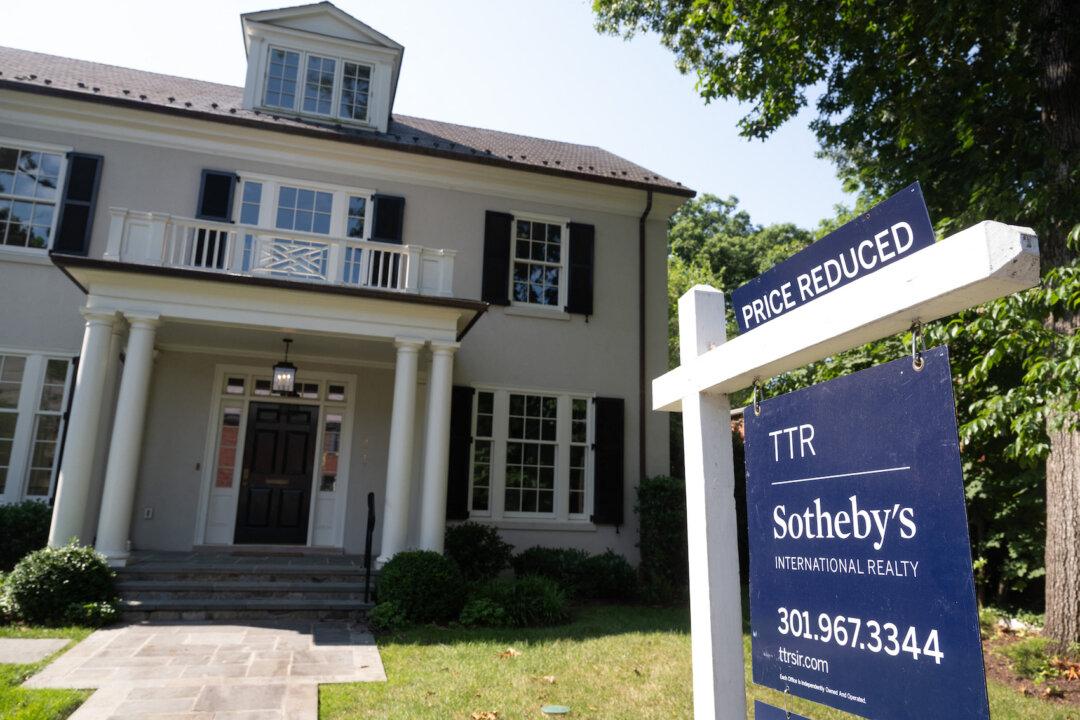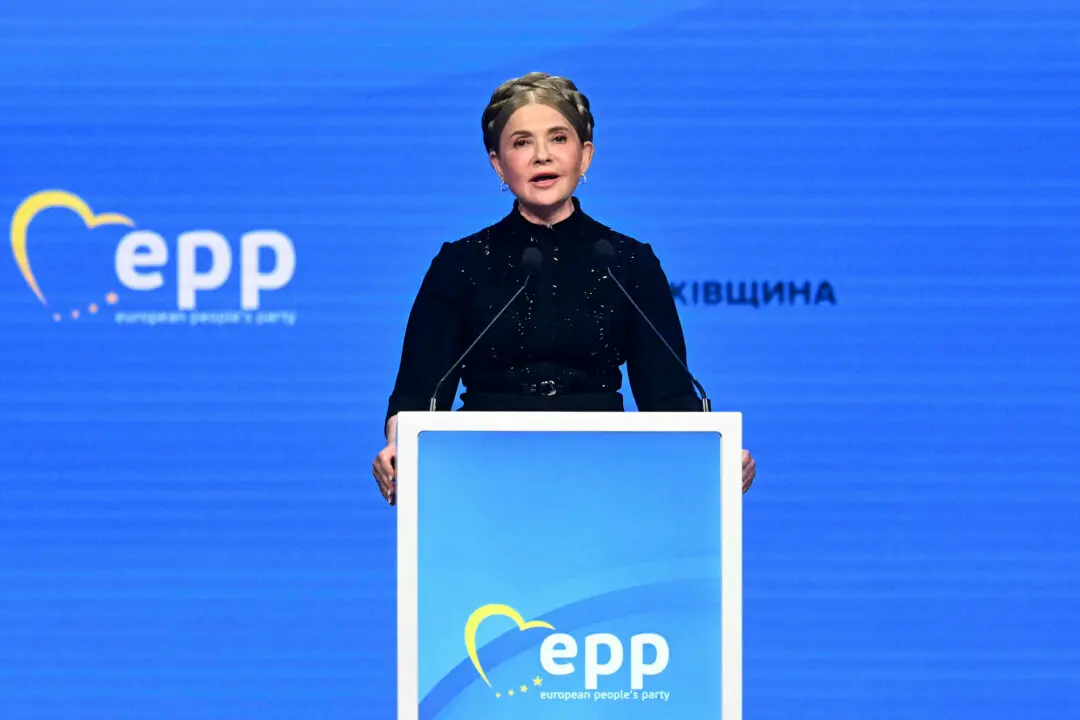Homebuyer purchasing power has taken yet another hit as mortgage loan borrowing costs have risen for the fifth straight week, soaring to their highest level in 23 years.
The average rate on the benchmark 30-year mortgage has risen to 7.57 percent, up from 7.49 percent last week, according to Freddie Mac.





